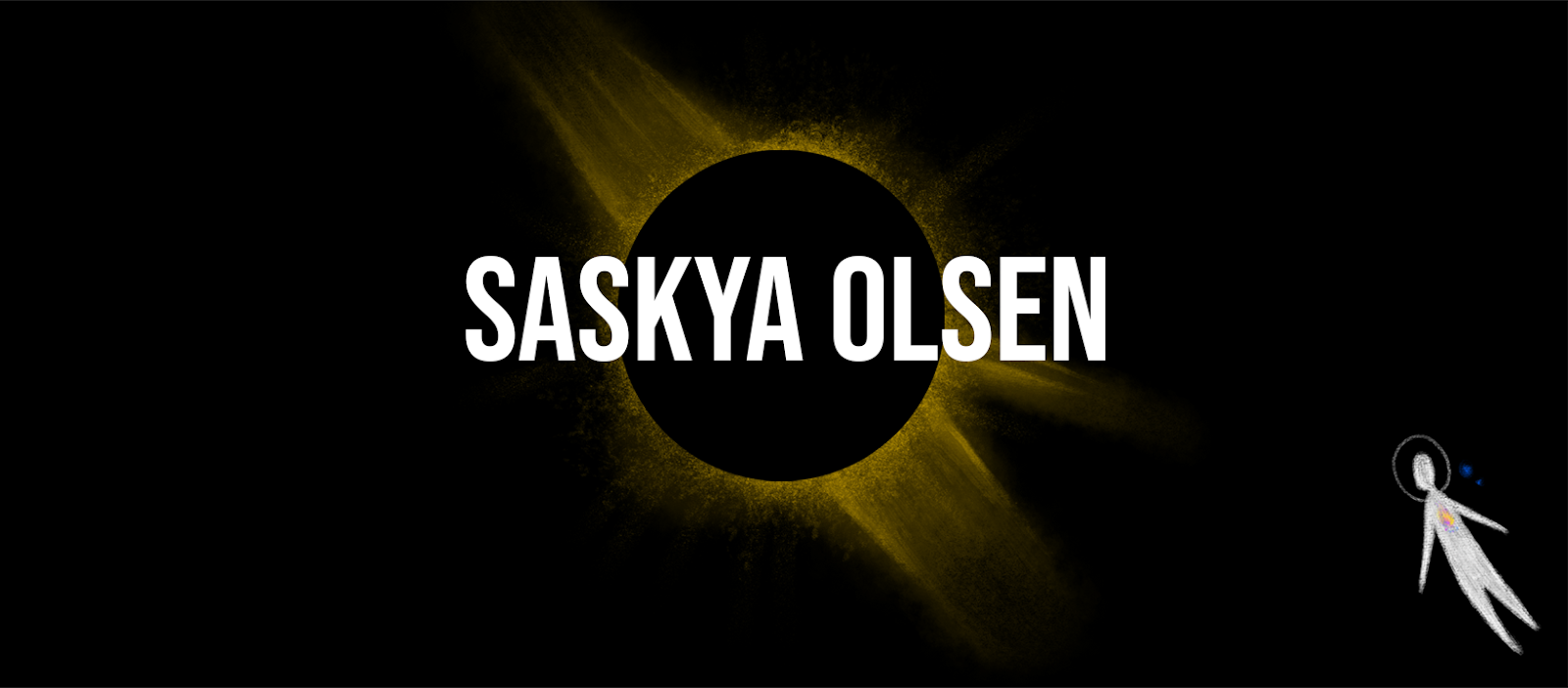Using my pre-made orthographs, I began Gin's modelling process starting with the head. With the majority of prop modelling behind me, I had built some confidence to now start my main character.
 |
| As always, I started with a cube and converted its smooth mesh preview to polygons. The basic head shape was then blocked-out. |
 |
| I spent a lot of time arranging the shape's basic topology, using existing model images as reference to ensure correct vertex placement and edge loop patterns. As I incorporated more topology, I started drafting an eye socket, nose and mouth. Working with one side of the face which could then be mirrored over.
|
 | | Modelling a basic ear took several attempts. I made sure to extrude a hole before constructing features, this ensures topology says as quads. |
|
|
|
| After some thought, I chose to model the hair separately and made appropriate changes to the model's skull. My final ear attempt is heavily stylised and simple. The shape considers both front and side character profile, and lobe space for earrings. |
 |
| I frequently mirrored the half model to see how the process was working as a whole. Using the X key and the pivots of the centre edge to ensure the middle seam connected properly. |
 |
| Surprisingly, detailing the features took far less time than modelling the initial head shape. |
 |
| Once confident with the general head structure, I extruded a neck and focused on the transition. |
 |
| Pulling vertices inwards and outwards to form details like eyelids and the ear concha. |
 |
| Mirroring the face, I adjusted the jawline and chin size. |
 |
| To create a starting point for the hair, I duplicated the head mesh and deleted faced I didn't need. Extruding outwards, I could then start drafting out a base hair shape. |
 |
| The hair shape took almost as long as modelling the initial head shape. |
 |
| I extruded the character's side hair strands once satisfied with the overall base hair shape. |
 |
| I kept a block colour texture on the hair to distinguish it from the characters face. This allowed me to adjust the scalp and see how the hair framed the face. |
 |
| Moving on to the eyebrows, I decided to let the geometry intersect the hair. |
 |
| I used my block shader to asses how the eyebrows would sit on the face. |
 |
| I then moved onto head accessories. Starting with the hairpiece, I modelled a simple C shape from a cube and arranged its vertices to dip into the hair geometry. |
 |
| Moving on to the ponytail, I modelled a hairband and the hair with the same piece of geometry. |
 |
| Once the basic formations were in place, I added the smaller details. I recycled the earring model to use on the hairpiece and the hairband tassels. The final step was extruding the ponytail hair to its full length. |
 |
| Above, a front view render of Gin's head. Showing her facial features and earrings. I'm really happy with how the hair frames the face. |
 |
| Above, a side view render. Her cheeks are very round and general head structure is large for a youthful childlike appearance. |
 |
| Above, a back view render. The ponytail tassels will include an opacity map to give the illusion of a frayed rope material. |
 |
| Above, a rear view render. I was relieved to find my hair accessories translated well from 2D design to 3D model. |


























Comments